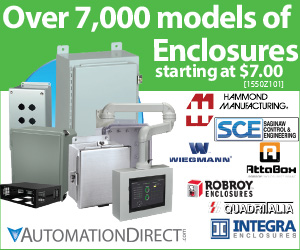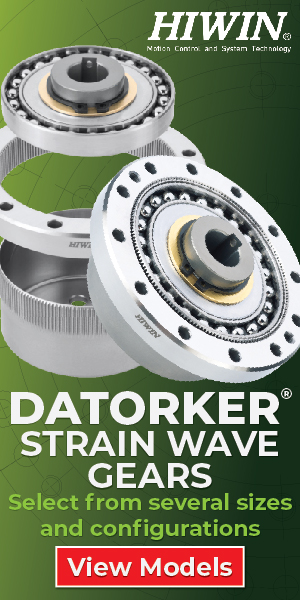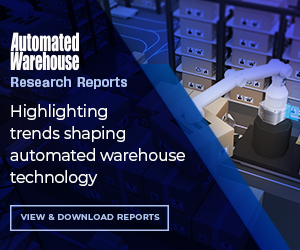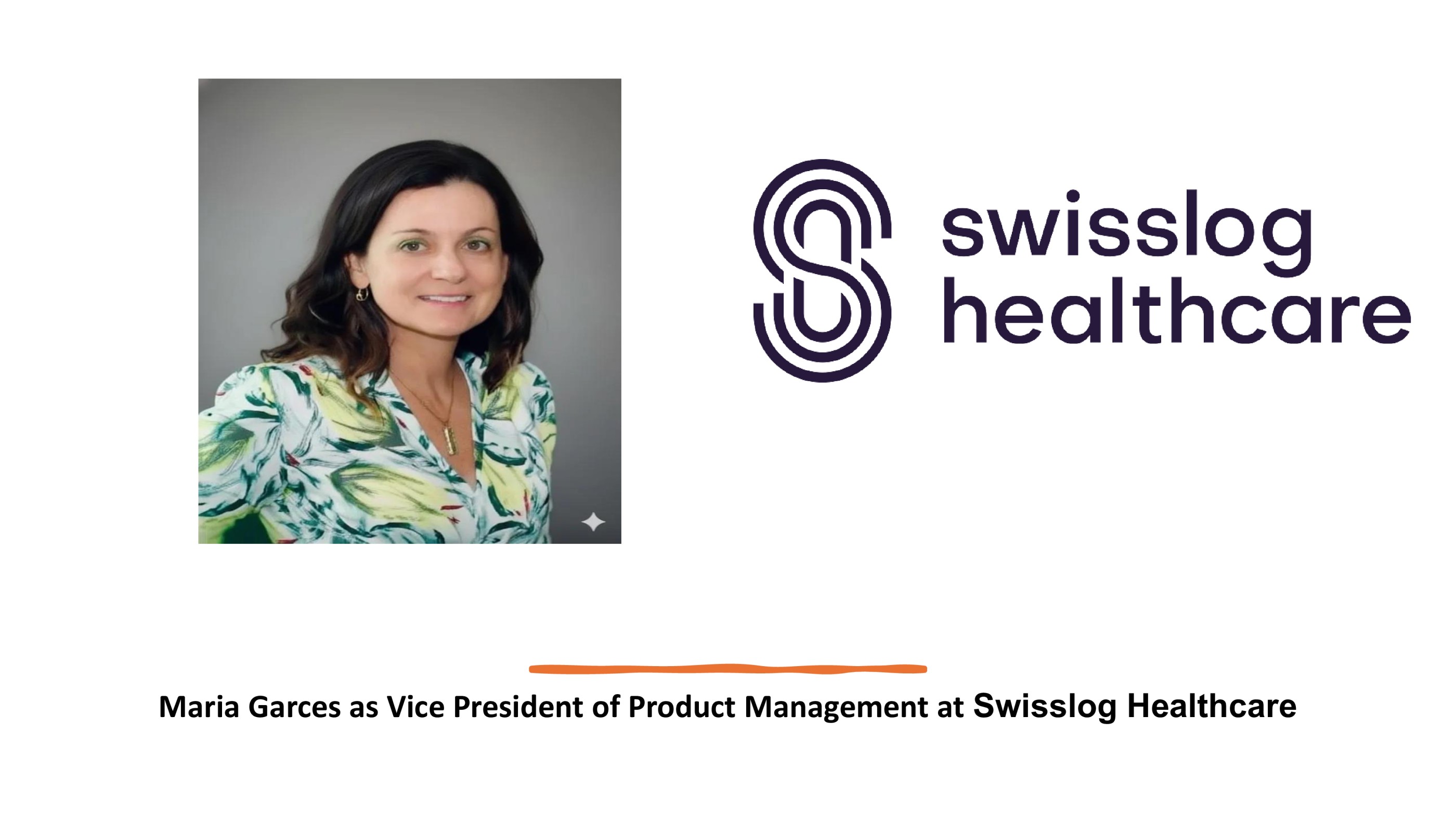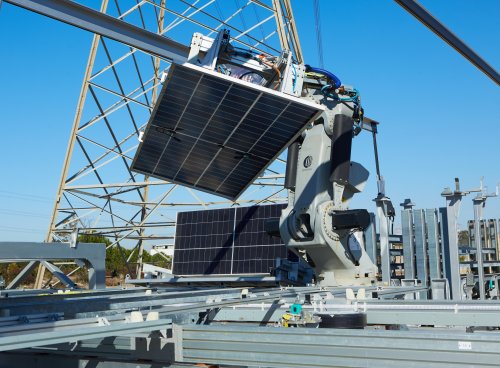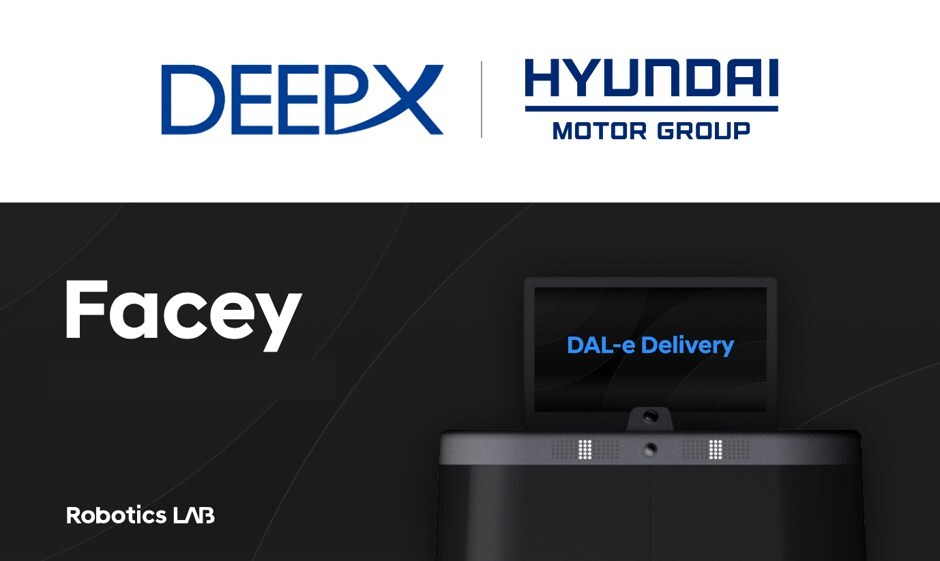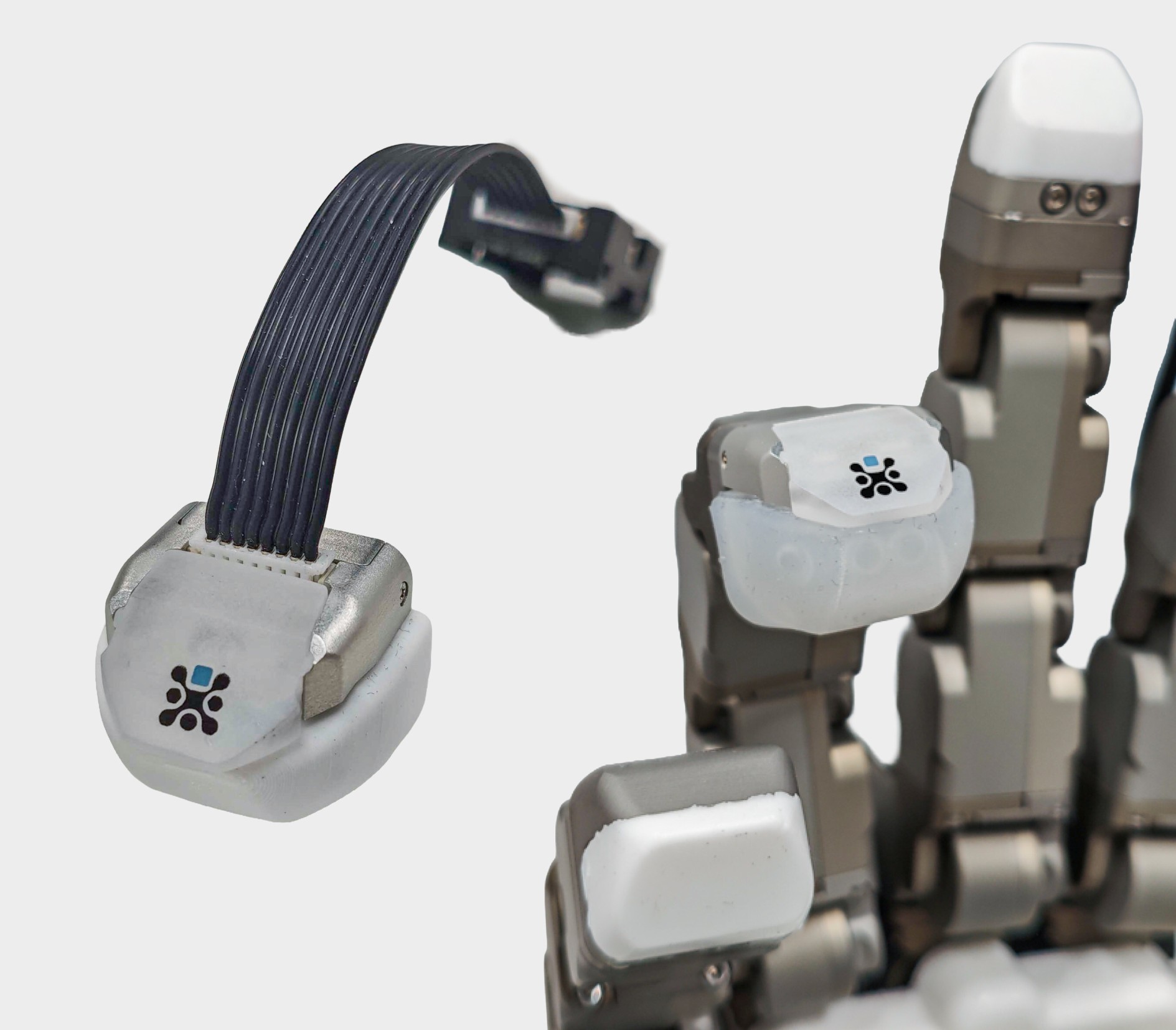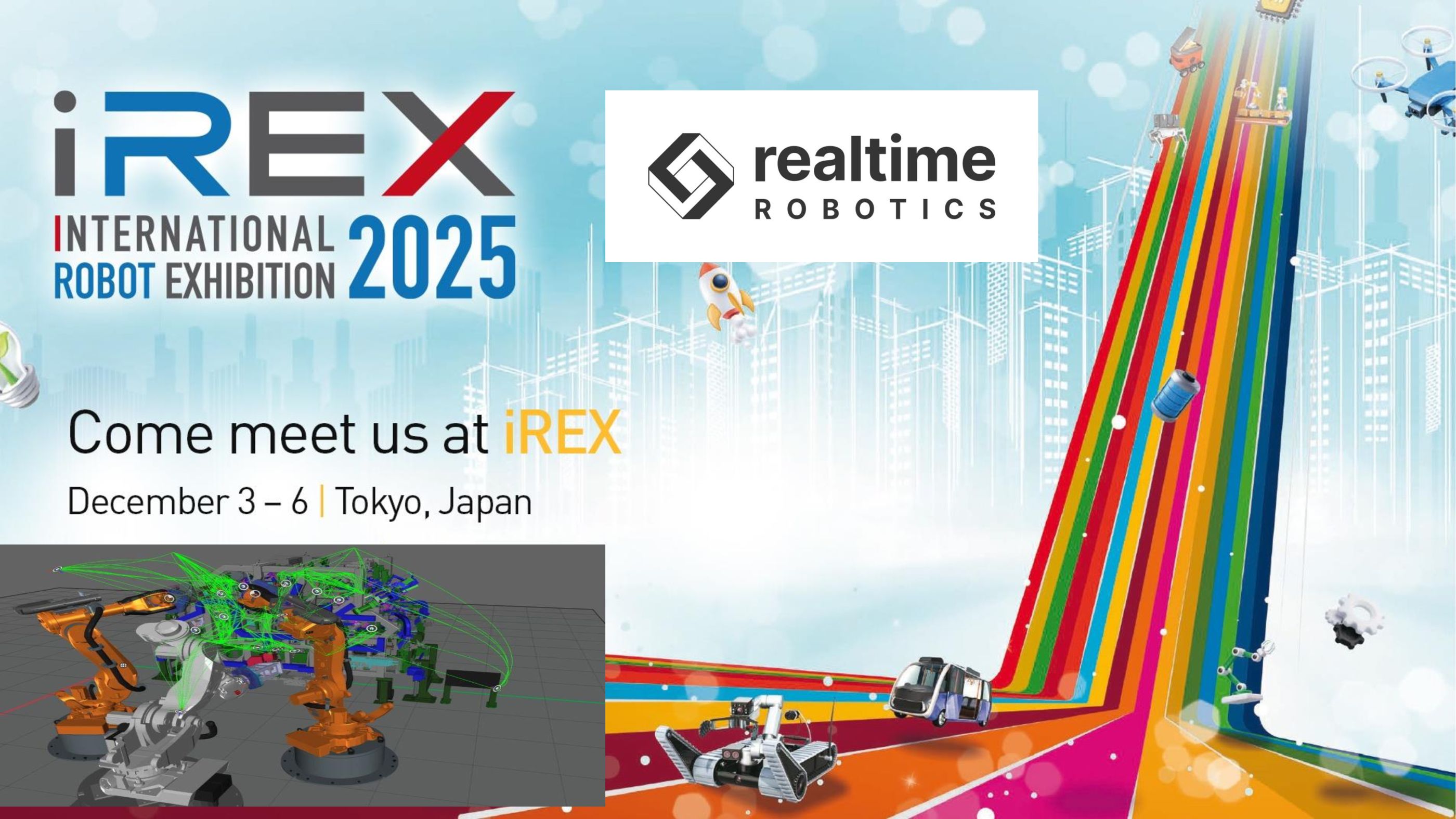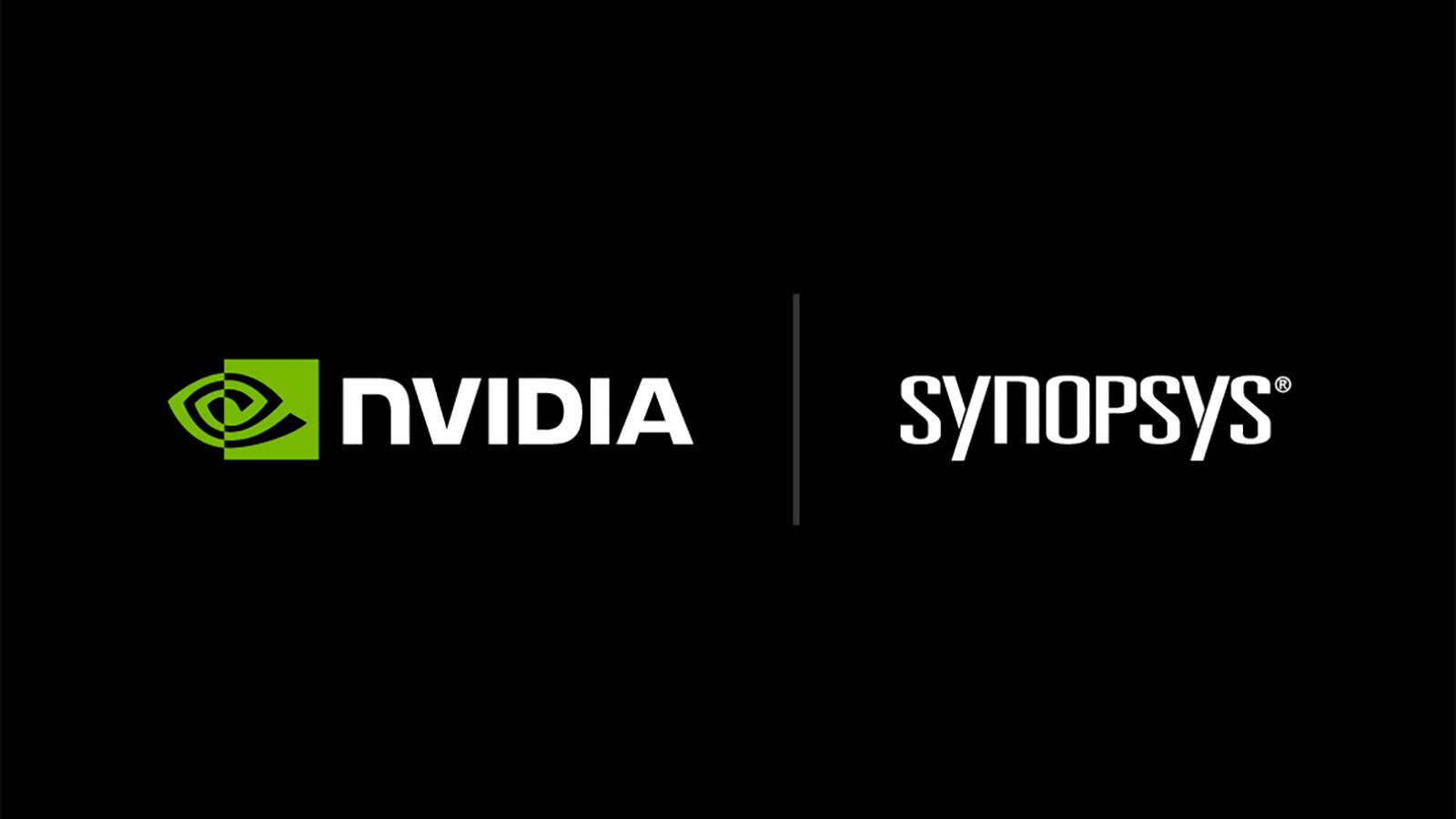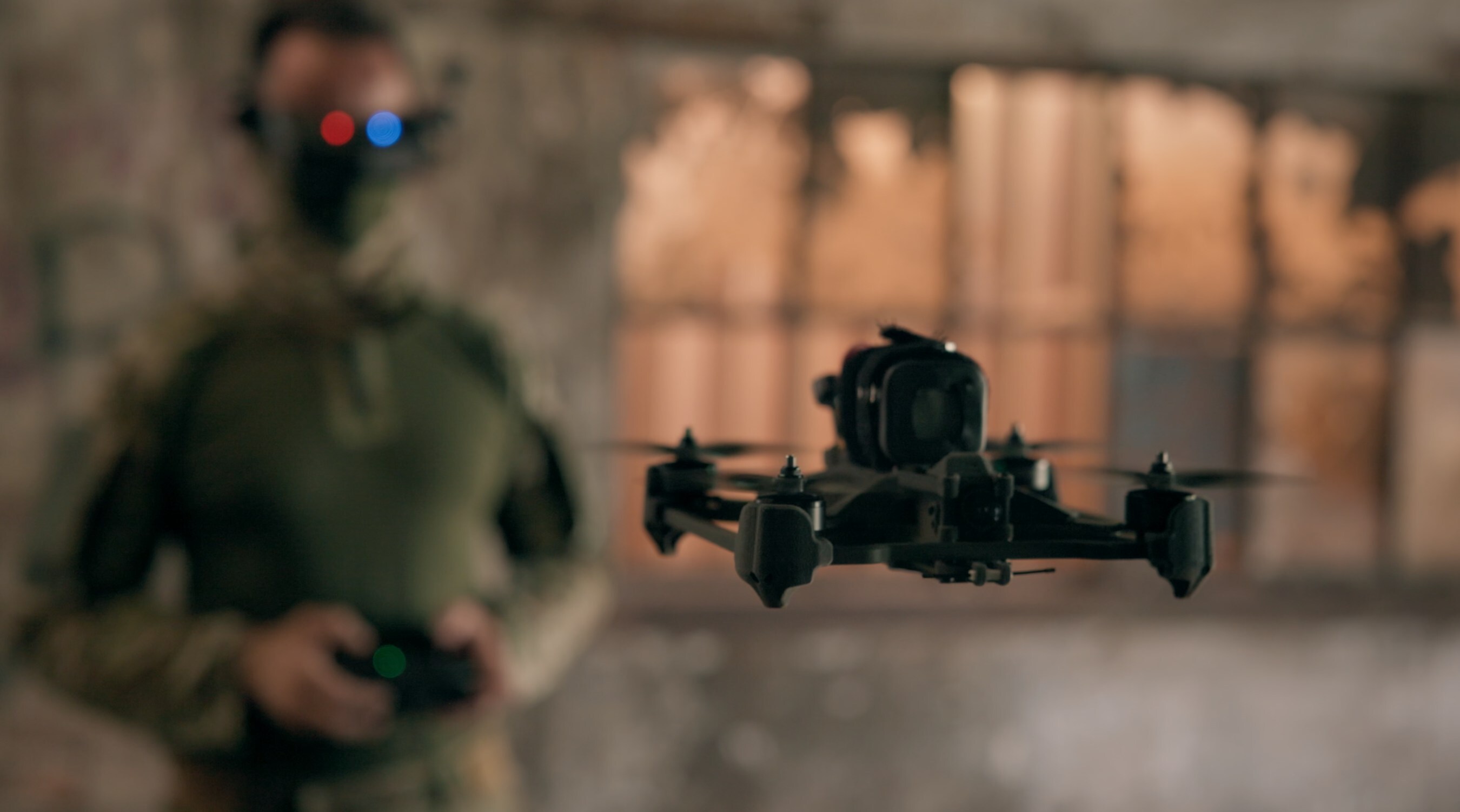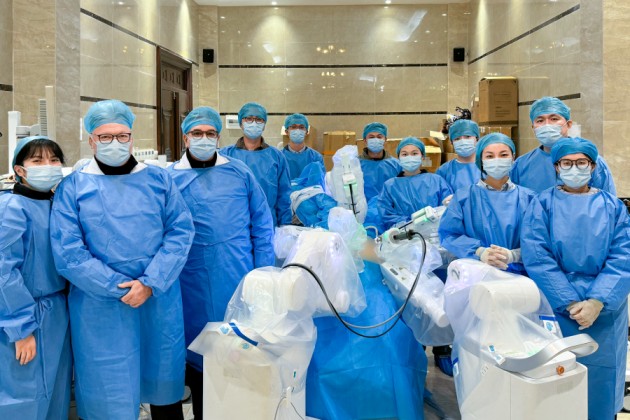Swisslog Healthcare’s Raymond Castro Outlines Strategic Alliance with Diligent Robotics to Advance End-to-End Hospital Automation
17 November 2025 | Interaction | By editor@rbnpress.com
In an interview with Robotics Business News, Raymond Castro, Director of Strategic Programs – Transport Automation at Swisslog Healthcare, explains how the collaboration with Diligent Robotics expands last-mile delivery automation, addresses workforce shortages, and strengthens the future of fully connected hospital logistics.
Swisslog Healthcare is expanding its hospital automation strategy through a new partnership with Diligent Robotics, according to Raymond Castro, Director of Strategic Programs – Transport Automation, in an interview with Robotics Business News. By combining Swisslog Healthcare’s high-speed pneumatic tube systems with Moxi’s autonomous last-mile delivery robots, the alliance enables hospitals to automate more transport tasks, reduce manual workload, and unlock valuable operational insights—helping clinical teams spend more time with patients while preparing health systems for a fully connected logistics future.
What motivated Swisslog Healthcare to form a strategic alliance with Diligent Robotics, and how does it align with your vision for the future of hospital automation?
The demand for broader automation solutions for hospital logistics continues to grow and Swisslog Healthcare intends to support this need both with our portfolio of offerings as well as through strategic partnerships with other providers to deliver the value that modern hospitals seek.
How do autonomous last-mile delivery robots complement Swisslog Healthcare’s existing pneumatic tube and transport automation systems?
Pneumatic tube systems are the fastest and most efficient means for transport of small hospital payloads, including medications and blood samples. There are some payloads, like bulk deliveries or other supplies that don’t fit or do not require the level of urgency of the tube system, that delivery robots are well suited for. Additionally, the flexibility of mobile robots can extend the footprint of automated transport to include the “last mile” of delivery, and automating more tasks that are of low value for trained staff.
How will this partnership enhance workflow efficiency and allow hospital staff to focus more on patient care?
Pneumatic tube systems and autonomous delivery robots are complementary solutions that together can meet a wide range of delivery tasks that otherwise would require hospital staff to complete, taking away from time spent with patients and other “people centric” tasks.
What feedback or needs from your hospital partners led to prioritizing last-mile autonomous delivery solutions in your automation offerings?
Automation in general becomes more valuable when human labor is limited or costly, or in situations where the tasks are dull, dirty or dangerous. As costs for trained healthcare workers rise and scarcity increases, hospitals increasingly look for automation to fill the gap. We hear this from customers who have already exhausted the available pool of pharmacy technicians, for example, and need to optimize processes since adding labor isn’t an option. This includes automation of the entire delivery process, including last mile and other areas of the hospital that are not served by the fixed infrastructure of the pneumatic tube system.
What are the key considerations when integrating AMMRs with your current hospital systems, and how do you ensure a smooth deployment?
It is crucial to have internal champions who understand the value of transport solutions and socialize that to their colleagues in the hospital. Moxi makes this easy as the inviting design and experience naturally encourage staff members to adopt this technology as part of the team. Beyond social acceptance, minimizing the impact on existing systems, like IT and IS, makes it easer to get buy in and ultimately execute deployment projects and Moxi supports this with it’s lightweight approach to elevator and door control.
How will this alliance strengthen visibility and operational reporting for hospital administrators?
Both the TransLogic pneumatic tube system and Moxi Robot are automated systems that capture operational data behind the scenes, allowing conclusions and insights drawn from wholly accurate timing, location, user ID and payload data. Relying on busy staff to capture this kind of information is both inefficient, error prone and not the best use of users’ time. These insights can surface costly operational inefficiencies and inform positive change for the hospital.
With the service robotics market projected to grow significantly, how does this partnership position Swisslog Healthcare for continued leadership in hospital transport automation?
Our deep experience serving hospital transport needs has allowed us to be consultative partners with our customers, not just another vendor. This includes identifying solutions that may require expanding our portfolio, partnerships with other technology providers, or frankly recommendations for other solutions that may have value to our customers. Service robots are a big part of that picture and our partnership with Diligent Robotics, who developed Moxi for healthcare and have proven success meeting hospital’s needs, strengthens our position of offering more solutions to known problems.
Looking ahead, what other areas of hospital logistics or automation do you see Swisslog Healthcare exploring in the next 3–5 years?
We will continue to seek opportunities to automate low value tasks including processes that may be upstream or downstream of a particular automation system. This could include physical integration where it makes sense, automatic loading of an AMR from the tube system for example, and integration of data for end to end deliveries, tracking and decision support to better optimize hospital workflows and improve staff efficiency and experience.



